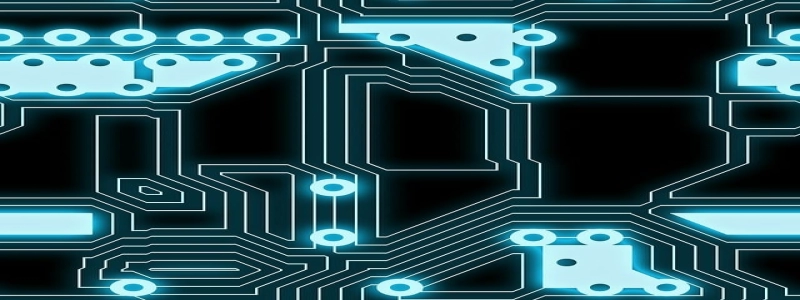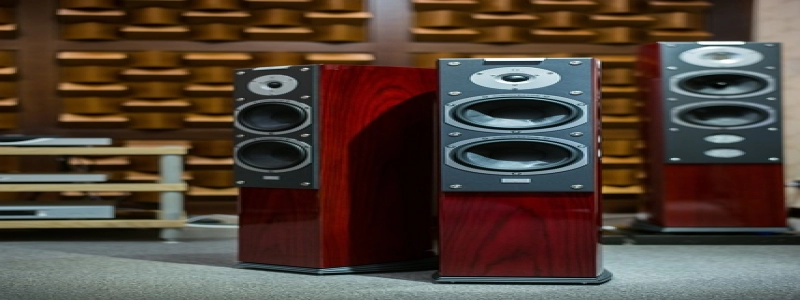Single Mode Fiber to Ethernet
I. Introduction
A. Definition of Single Mode Fiber
B. Definition of Ethernet
II. Advantages of Single Mode Fiber to Ethernet
A. Increased Bandwidth
B. Longer Transmission Distance
C. Better Signal Quality
III. Methods of Converting Single Mode Fiber to Ethernet
A. Media Converters
B. Transceivers
IV. Applications of Single Mode Fiber to Ethernet
A. Local Area Networks (LANs)
B. Wide Area Networks (WANs)
C. Data Centers
V. Considerations for Implementing Single Mode Fiber to Ethernet
A. Cost
B. Compatibility
C. Technical Expertise
VI. Conclusion
I. Introduction
Single Mode Fiber to Ethernet refers to the process of converting signals from single mode fiber optic cables to Ethernet signals, enabling communication between devices that use different types of transmission mediums. Single mode fiber refers to a type of optical fiber with a small core diameter that allows only a single mode of light to propagate. Ethernet, on the other hand, is a widely used networking technology for local area networks (LANs).
II. Advantages of Single Mode Fiber to Ethernet
Converting single mode fiber to Ethernet offers several advantages:
A. Increased Bandwidth: Single mode fiber optic cables have a higher bandwidth capacity compared to traditional copper cables. This allows for faster data transmission and ensures efficient network performance.
B. Longer Transmission Distance: Single mode fiber can transmit signals over longer distances without experiencing significant signal loss. This makes it ideal for applications that require communication over extended distances.
C. Better Signal Quality: Single mode fiber is less susceptible to electromagnetic interference and signal degradation compared to copper cables. It provides a reliable and stable signal transmission, resulting in improved network performance.
III. Methods of Converting Single Mode Fiber to Ethernet
There are two main methods for converting single mode fiber to Ethernet:
A. Media Converters: Media converters are devices that convert signals between different types of media, such as fiber optic to Ethernet. They receive signals from single mode fiber cables and convert them into Ethernet signals that can be used by Ethernet-enabled devices.
B. Transceivers: Transceivers, also known as transceiver modules, are devices that combine both the transmitter and receiver functions. They are commonly used in networking equipment to convert signals between different types of interfaces, such as single mode fiber to Ethernet.
IV. Applications of Single Mode Fiber to Ethernet
Single Mode Fiber to Ethernet conversion finds applications in various networking scenarios:
A. Local Area Networks (LANs): Many organizations use single mode fiber to connect multiple buildings within their campus for high-speed data transmission. Converting the single mode fiber to Ethernet enables seamless integration and connectivity with Ethernet-based devices.
B. Wide Area Networks (WANs): Single mode fiber is often used in WAN connections to establish communication links between distant locations. By converting the fiber signals to Ethernet, organizations can leverage existing Ethernet infrastructure for WAN connectivity.
C. Data Centers: Data centers often require high-speed and reliable connectivity between servers and storage devices. Converting single mode fiber to Ethernet allows for efficient data transfer within data center environments.
V. Considerations for Implementing Single Mode Fiber to Ethernet
When implementing single mode fiber to Ethernet conversion, certain factors should be considered:
A. Cost: Single mode fiber and Ethernet equipment can be more expensive compared to traditional copper cables and networking devices. The cost of implementing single mode fiber to Ethernet should be evaluated against the desired benefits and budget constraints.
B. Compatibility: Ensure that the chosen media converters or transceivers are compatible with the existing network infrastructure and devices. Consider factors such as data rate, connector type, and protocols supported.
C. Technical Expertise: Implementing and maintaining single mode fiber to Ethernet conversion may require specialized knowledge and expertise. Ensure that the organization or individuals responsible for the network have the necessary skills to handle the technology.
VI. Conclusion
The conversion of single mode fiber to Ethernet provides numerous advantages for network connectivity. The increased bandwidth, longer transmission distance, and improved signal quality make it an attractive option for various applications such as LANs, WANs, and data centers. By considering factors such as cost, compatibility, and technical expertise, organizations can effectively implement single mode fiber to Ethernet conversion and benefit from enhanced network performance.








